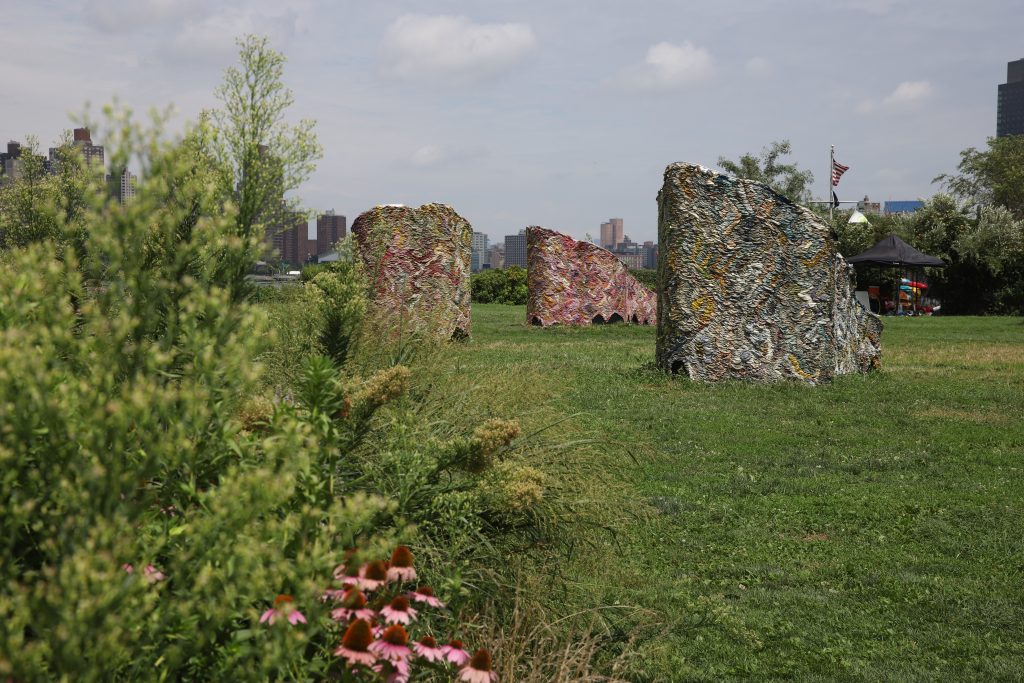
Photo Credit: Alexander Bernhardt Bloom
By Alexander Bernhardt Bloom | alex@queensledger.com
The Socrates Sculpture Park in Astoria, on a scorching midweek afternoon in the mid-summer, has a great deal to offer the casual visitor seeking a brief respite from the afflictions beyond its gates.
Mothers settle into benches there and let their children run in the shaded underbelly of the garden’s cluster of trees. Construction workers take their midday meal. Older men in weathered baseball caps cast fishing lines into the bend of the northern leg of the East River that the garden sits up against.
Others, perhaps less casually, on a scorching midweek afternoon recently, wandered among the elements in the sculpture exposition on view there this summer, engaged in reflection of the sort to recall the memory of the great, Greek thinker for whom the park takes its name.
Suchitra Mattai’s We are nomads, we are dreamers, installed there until August 25th, gives one a lot to think about.
It all begins rather playfully, some of the artworks engaged in a game of hide and seek with a visitor, dangling from trees like beehives in unexpected corners of the garden. The tone shifts in Becoming, whose elements are arranged in a circular constellation that sweeps across the park’s northern lawn.
Described in an explanatory panel at the park’s entrance as “a monument to the journey of becoming,” what the sculptures literally are, are sedan-sized constructions of net and metal in the form of a woman’s wedge sandal. From particular angles they resemble Claude Monet’s famed haystacks: colorful, squat in whimsy, peaceful and prominent at once.
The base of each of the six pieces is woven with saris, many hundreds of them. The sari is not, of course, a conventional artists’ material but a traditional mode of dress for women from India whose descendants, including Mattai, carried the garments with them as diaspora brought them to new and unfamiliar corners of the world. Mattai assembled a collection of them large enough to weave into the tapestries that wrap the bottom of each sculpture, about 40 feet long a-piece, thereby constructing a new story of the thousands of distinct stories each of the saris carried with it before.
The result is arresting; to look is to become lost. The colors and textures are so varied, and the conditions they are in too, subject to the wear and tear of weather and other acts of god out in the open air where they have been presented. How very many roads must each have traveled before its arrival to here and now.
In stark contrast are the sleek, reflective metal faces that seal each piece on the top. On this scorching midweek afternoon the sunlight they returned to the visitors who got close enough blinded and burned; a midday meal of fried eggs might have been realized on their surface.
And while the sari-woven tapestries beneath them remain fixed in their arrangement and static in their appearance, the image one sees on the surface up top is changing constantly. Drifting clouds, passing avians, the visitors themselves, all become a part of the artist’s installation in a breath, Mattai insisting that the future, even with so much recorded behind it, remains ours to make.
Last week a major political party in our country nominated, for the first time, a woman who counts South Asian among the lines of descent that make up her identity. Mattai’s sculptures remind us that her’s is an example of a characteristically-American story; and also, that none of us are simply the sum of our demographic parts; and also, that in our achievements we stand on the shoulders of many, many others who came before.
A casual visitor to the Socrates Sculpture Park this summer should find respite there and much more.
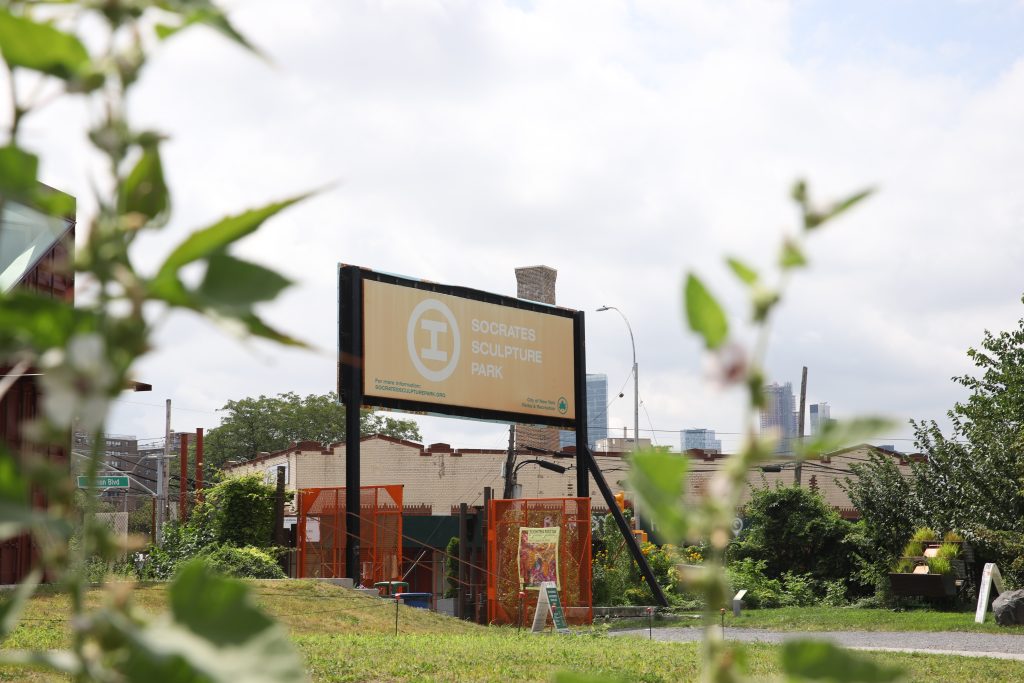
Photo Credit: Alexander Bernhardt Bloom
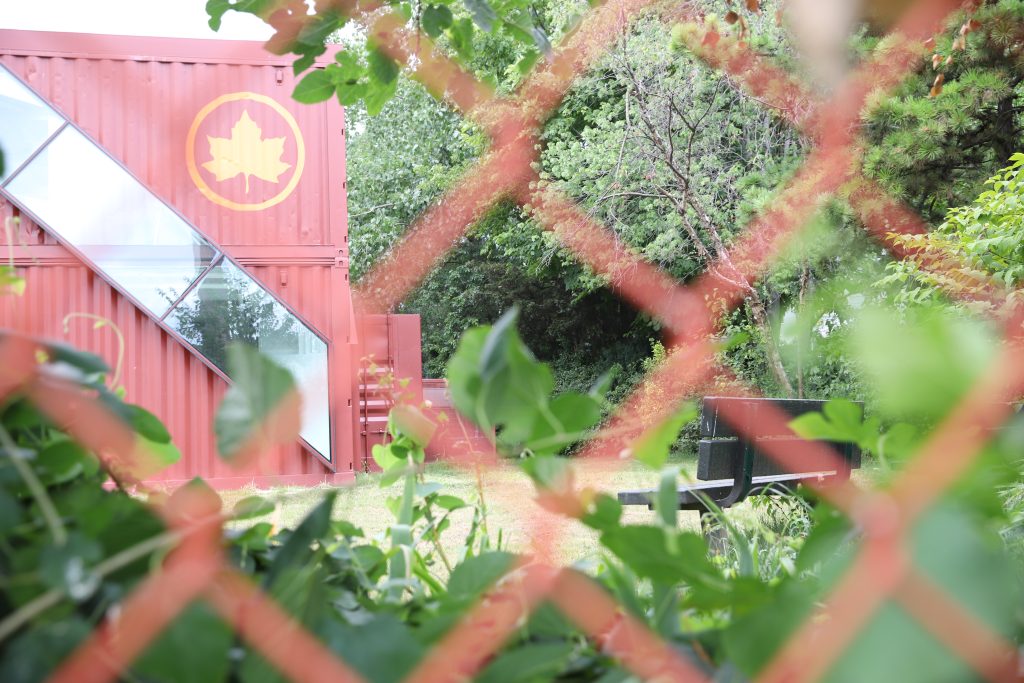
Photo Credit: Alexander Bernhardt Bloom
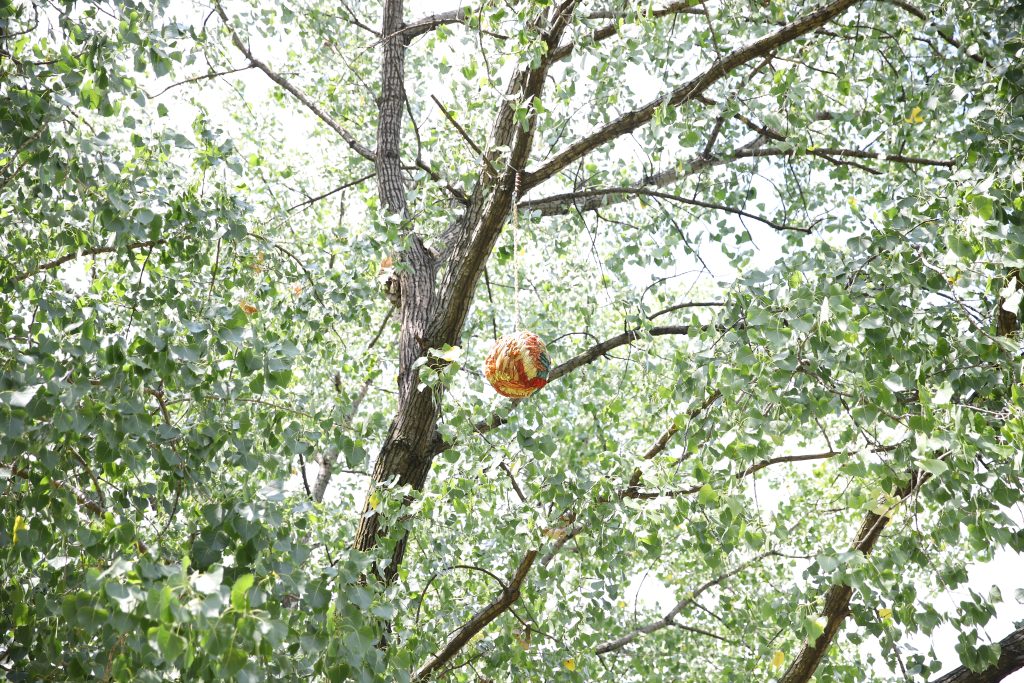
Photo Credit: Alexander Bernhardt Bloom
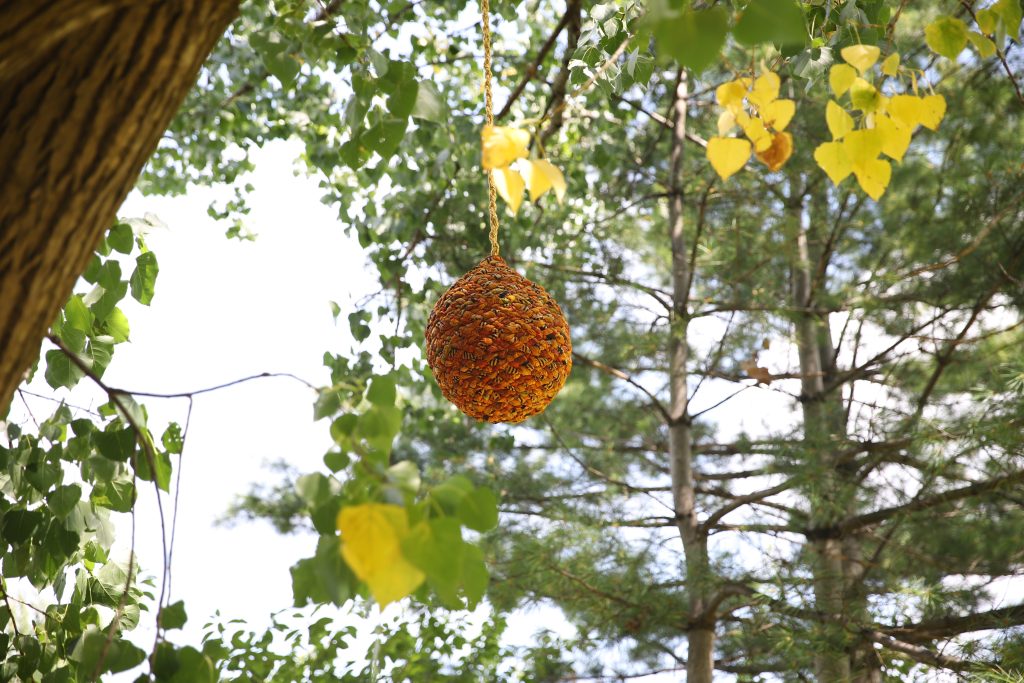
Photo Credit: Alexander Bernhardt Bloom
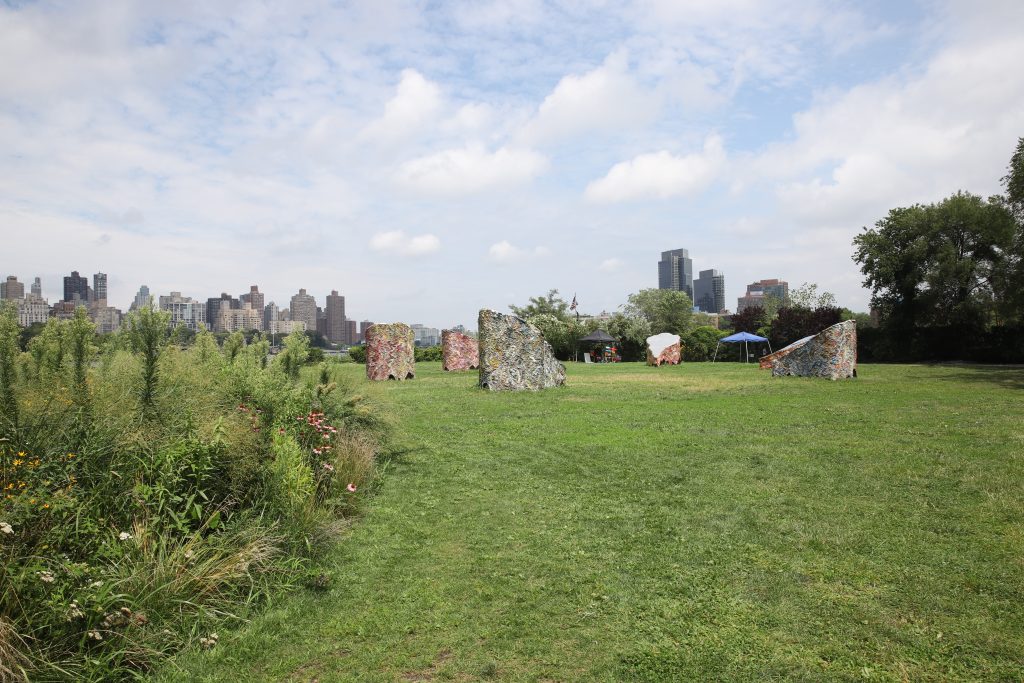
Photo Credit: Alexander Bernhardt Bloom
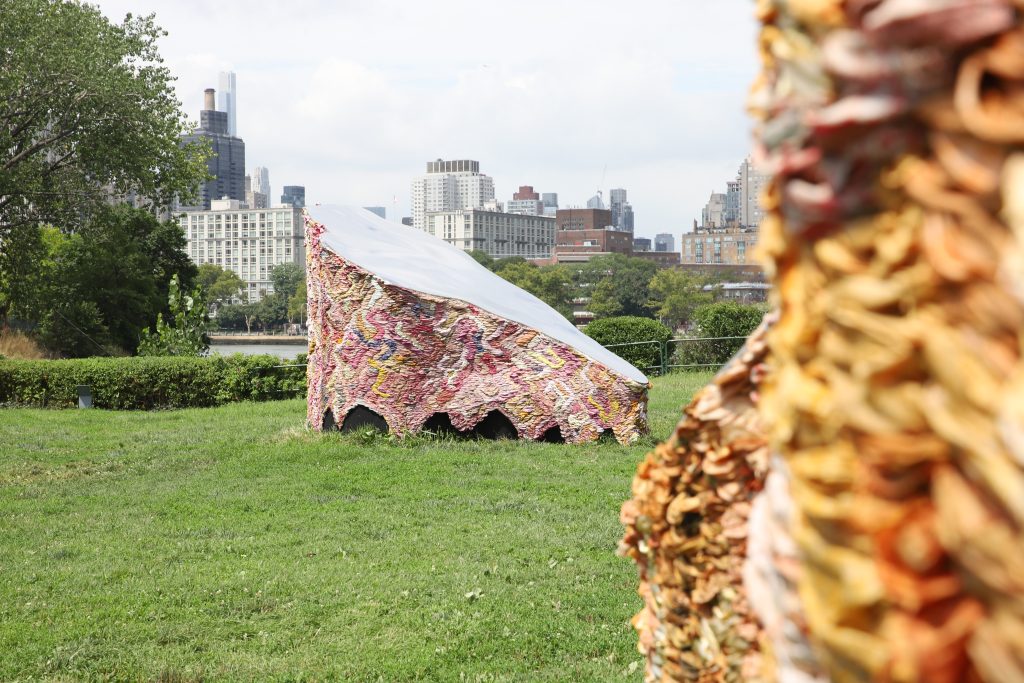
Photo Credit: Alexander Bernhardt Bloom
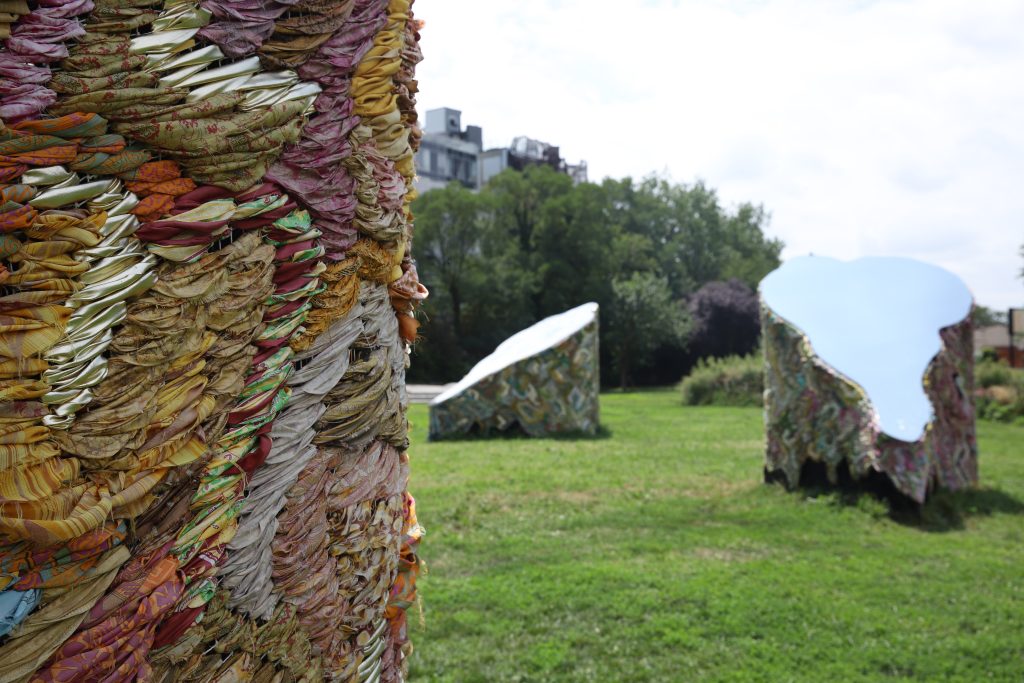
Photo Credit: Alexander Bernhardt Bloom
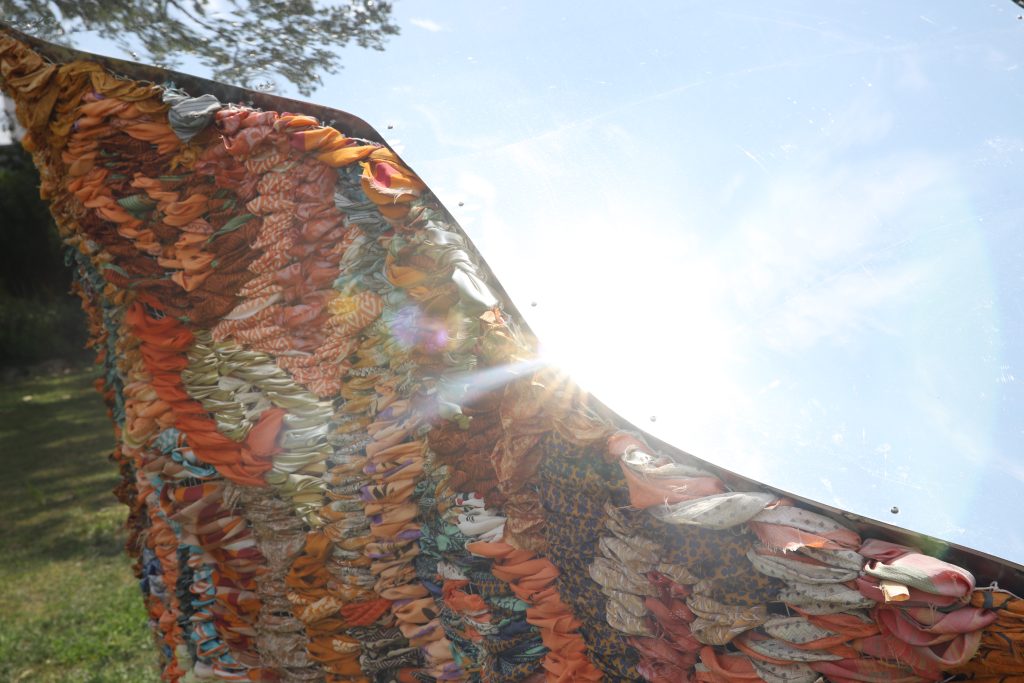
Photo Credit: Alexander Bernhardt Bloom
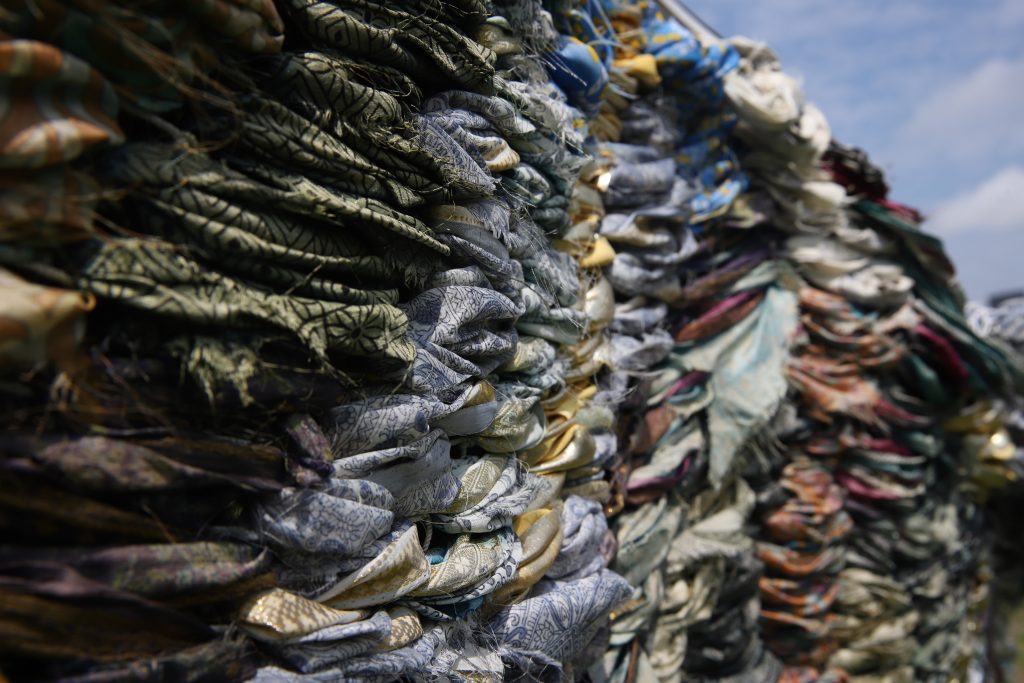
Photo Credit: Alexander Bernhardt Bloom
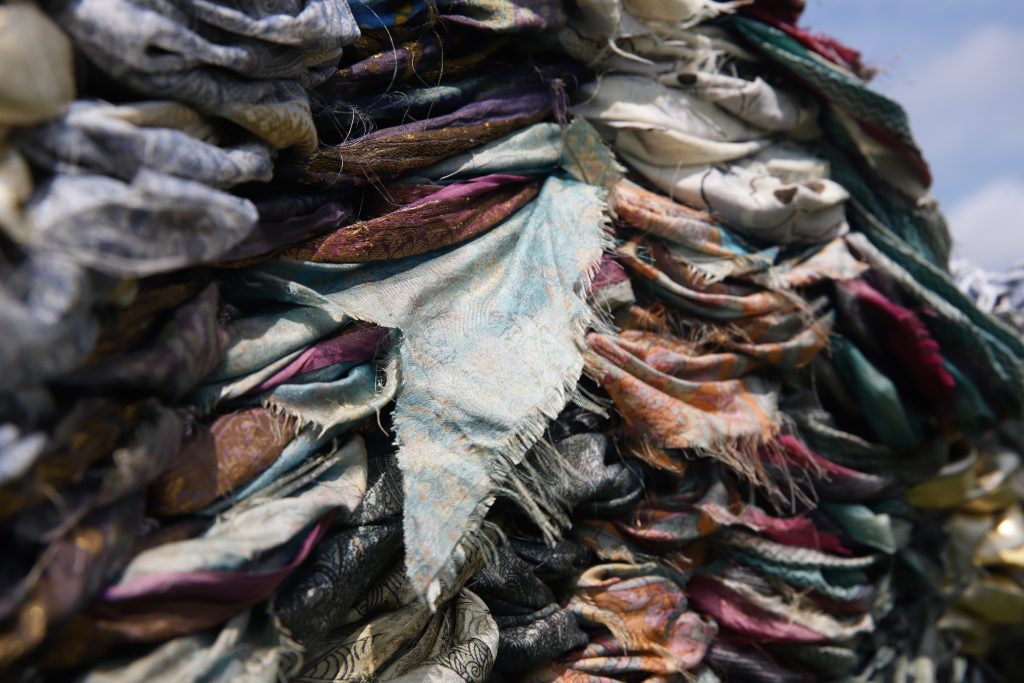
Photo Credit: Alexander Bernhardt Bloom
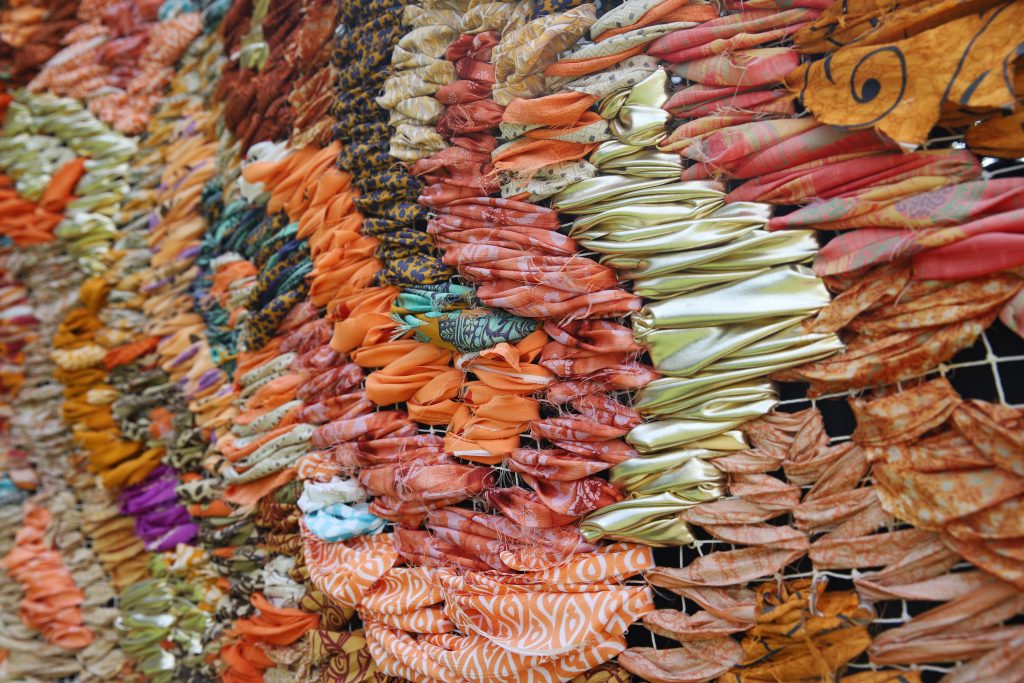
Photo Credit: Alexander Bernhardt Bloom
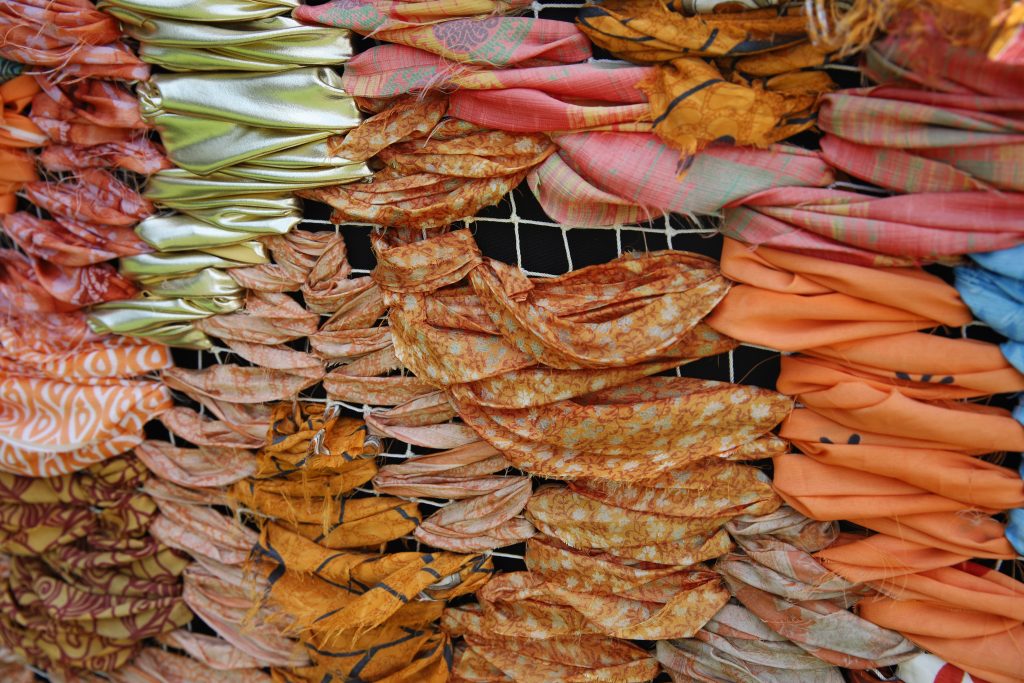
Photo Credit: Alexander Bernhardt Bloom

Photo Credit: Alexander Bernhardt Bloom
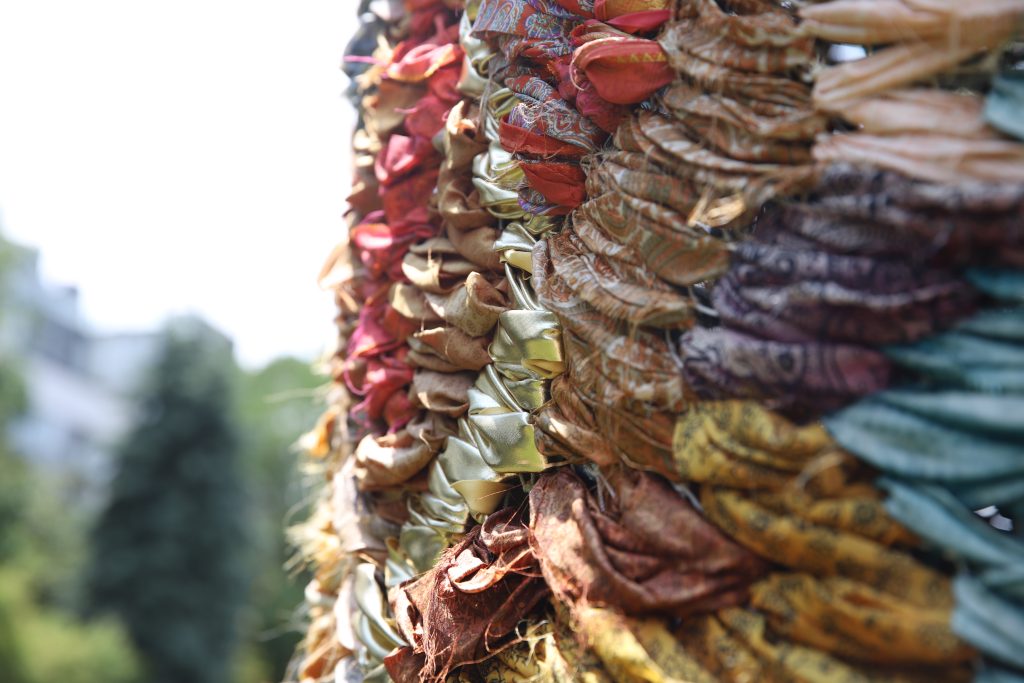
Photo Credit: Alexander Bernhardt Bloom


